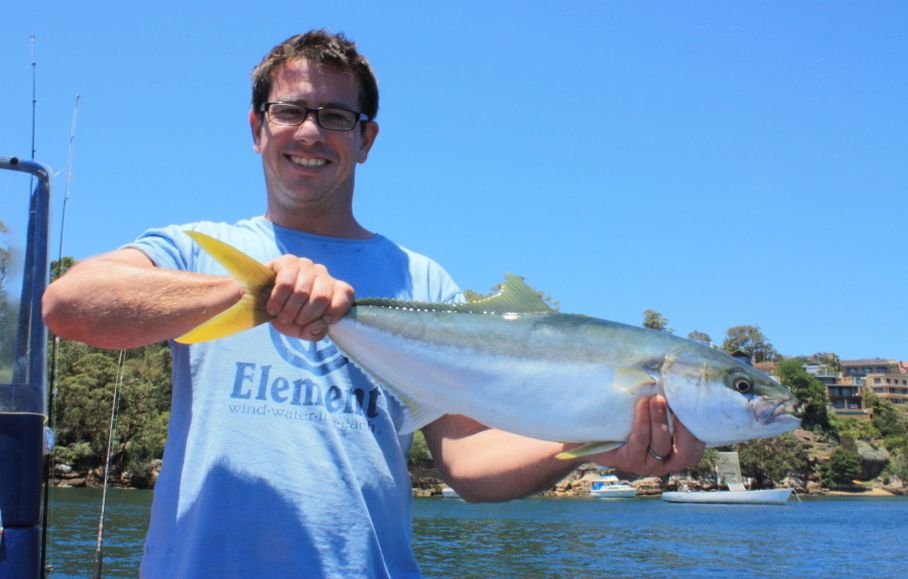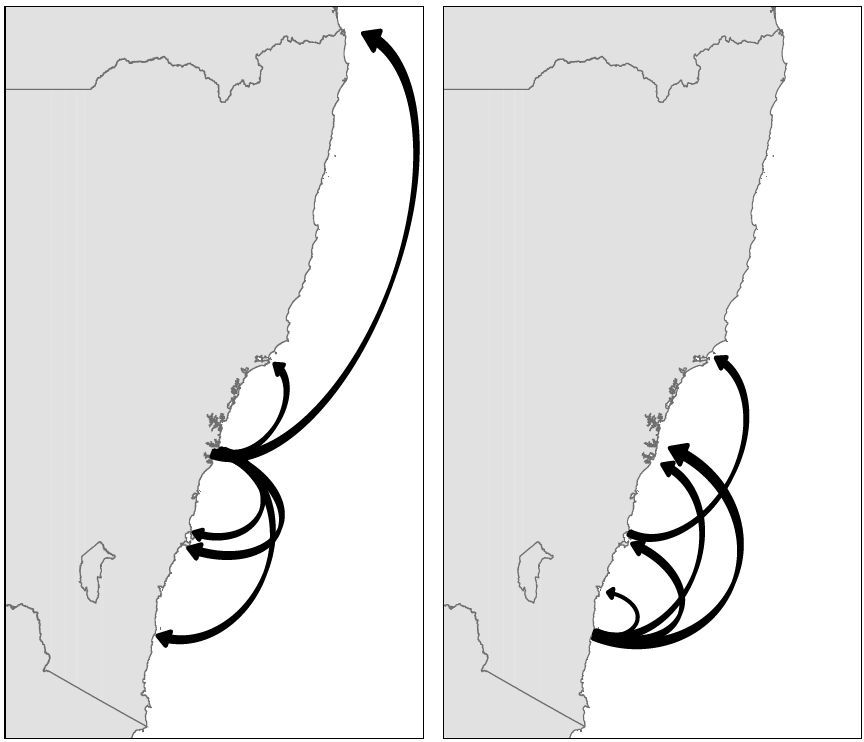
WITHOUT a doubt, yellowtail kingfish are one of our most popular recreational species and the population along eastern Australia appears to be gaining in numbers since the banning of commercial fish traps 20 years ago.
Despite this, relatively little is known about their habitats and behavior, which is why scientists have spent the past four years monitoring the movements of kingfish in New South Wales using acoustic technology.
This technology was used to tag 70 kingfish between Coffs Harbour and Narooma in New South Wales. Tagged fish were found to be highly resident, spending the majority of their time within 20km of their tagging location. Occasionally, individuals were tracked moving long-distances but did not return to their tagging location – one fish was found to swim over 675 km from Sydney to Tweed Heads.
They were also found to be most abundant in 22°C waters, but can be found between 16 and 26°C in NSW.
The Sydney Offshore Artificial Reef, located just outside Sydney heads, was found to be a popular spot for kingfish. Nine of the tagged kingfish were detected at the artificial reef, with most of these individuals returning to the reef multiple times – one fish returned to the reef 14 times in just two months. These fish were also detected on nearby natural reefs, highlighting the connectivity of artificial and natural fish habitats across Sydney.
Researchers also tagged kingfish within Sydney Harbour to further understand their use of estuarine environments. Kingfish enter the harbour during summer periods and typically left during winter. However, two Kingfish were found during winter in the upper reaches of Middle Harbour despite water temperatures dropping as low as 12°C.
Kingfish in coastal waters were found to swim faster than those in the harbour, this is likely in response to a different prey type for estuarine resident kingfish. Researchers found that kingfish need to eat up to 4.5% of their body weight every day – this is equivalent to an average human adult eating 7 serves of calamari and chips every day. To meet this demand, kingfish spend the day hunting for food deep in the water column and return to shallow waters at night to rest.
This work represents a collaboration between the University of NSW, NSW Fisheries and the CSIRO, and funded by the NSW Recreational Fishing Saltwater Trust, the Australian Research Council and the CSIRO.

















